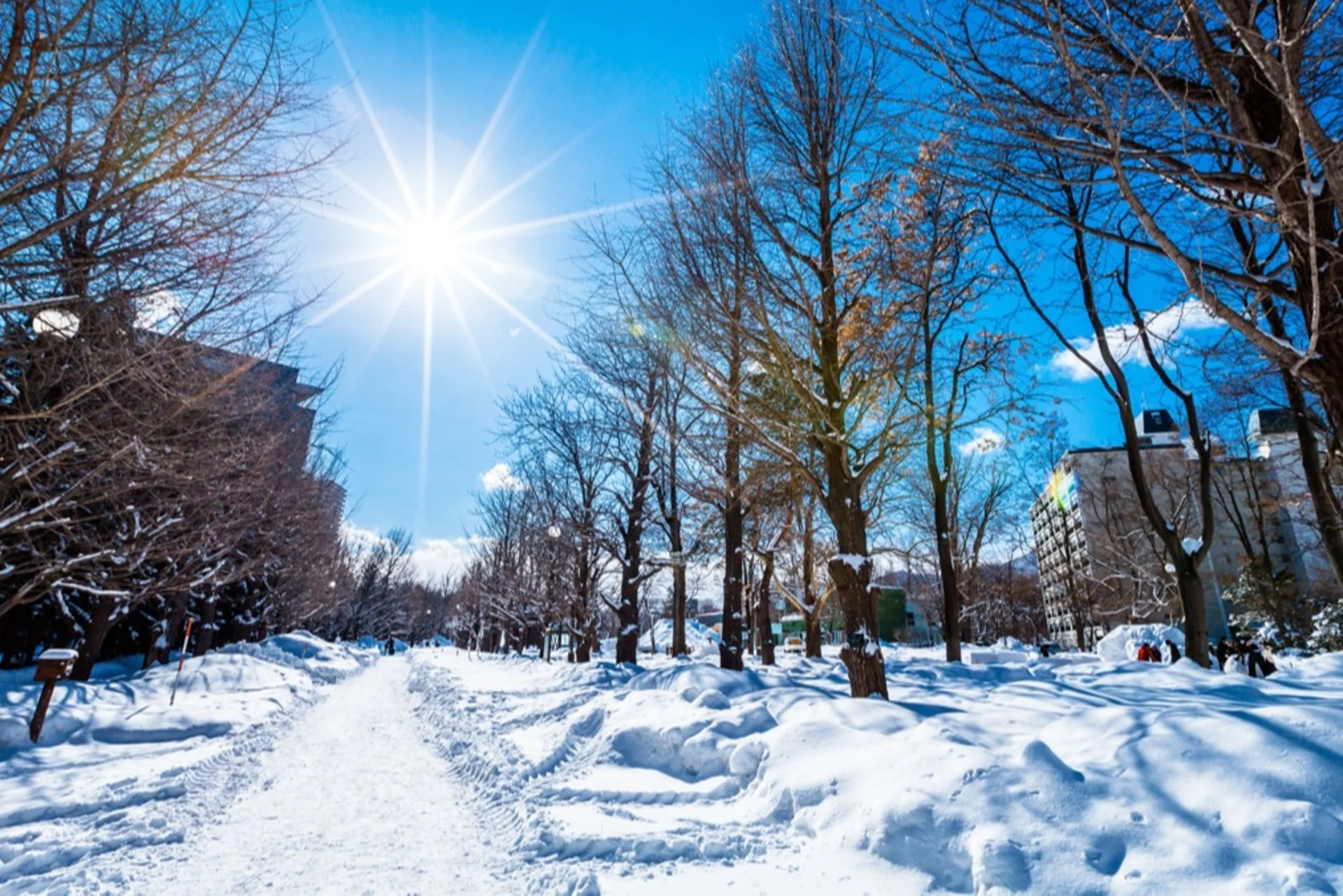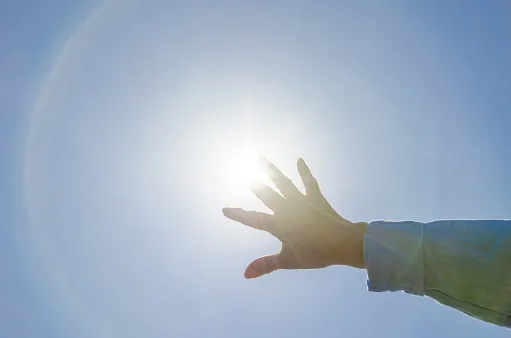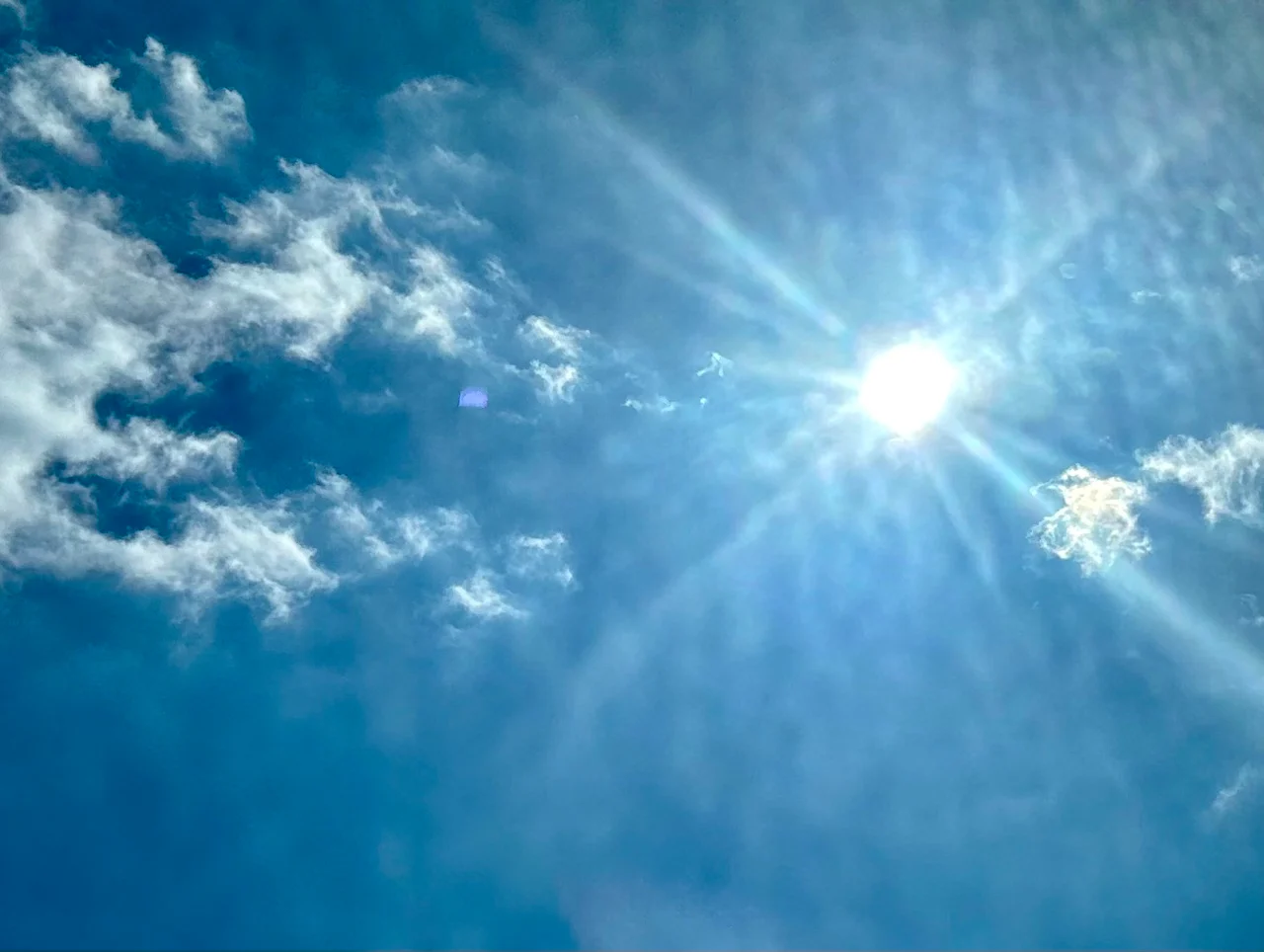
Yes, you do need sunscreen in the winter
Winter sunburns are "absolutely possible," so experts advise people to maintain protection while outside during the cold months.
During the winter, you may not think about bringing out the sunscreen. Think again.
While we get less ultraviolet light penetrating through the Earth's atmosphere in the winter because of the angle of the sun, the risk of burns from extended exposure remains. It would just take a little more time to get sunburned, that's all.
SEE ALSO: When you're sick, are you safeguarded against other viruses?
For the conclusive answer to the query, The Weather Network reached out to Dr. Nathan Rosen and Dr. Channy Muhn, dermatologists who work at Dermetics Cosmetic Dermatology in Burlington, Ont.

In an interview with Rachel Schoutsen, weather presenter and content creator at The Weather Network, Muhn stated that "it's absolutely possible" to get a winter sunburn in Canada.
"A summer sunburn versus a winter sunburn would look different on people, but it really comes down to the amount of time exposure outside in the sun," said Muhn. "But it's something that we definitely are aware of and it can definitely happen."
Conditions needed for a winter sunburn
Less daylight hours in the winter and covering ourselves in layers of clothing when we are outside gives us some protection, but we're still exposed to ultraviolet light, Rosen noted.
During inclement weather, there's less exposure and light, and many people will be indoors, too, Muhn added. The sunburn risk increases the longer you're outside and the brighter it is.

(Nathan Howes/The Weather Network)
RELATED: Which sunscreen should you choose? It depends on the weather
There are certain outdoor conditions in the winter that will make you more prone to irritation from the sun.
"Everything comes down to the amount of exposure that you have outside. So, [on] a beautiful bright day and we're outside skiing, we're doubling that effect of light and reflection," said Muhn. "It's often activity-based. The more you're active, [when] you are outside in the winter, the more you can expose yourself to the risk of a sunburn."
With a more prominent sun during the summer, there is a difference in burns received in the two seasons. As Muhn mentioned earlier, a winter burn would appear differently on someone than summer overexposure. The distinction comes down to magnitude and intensity.
For example, in the summer, we can see the extremes of burning or peeling, discomfort, itchiness and even blistering. In the winter, we tend to see a "lesser version" of it and is even unrecognizable sometimes.
WATCH: The strengthening spring UV can lead to a surprise sunburn
"Redness, a little bit of dryness and a bit of tenderness [are] sometimes mistaken. Even in the old days, what we would call a windburn may actually be a sunburn, as well. So it's really a question of magnitude and intensity," said Muhn.
In the winter, the position of the sun in the sky offers us some additional protection from the ultraviolet rays that are hitting the skin, Rosen noted. However, if you have enough exposure with enough time, you can still get a sunburn.
"For example, where we try to seek elevation for winter activities or if there is a lot of reflection from snow, ice and water from the ground, then these are things that can intensify the ultraviolet exposure," said Rosen.
Visit our Complete Guide to Winter for an in-depth look at the Winter Forecast, tips to plan for it and much more!

(Rachelle Mack/Submitted)
In terms of how much time it would take to get a winter sunburn, Rosen said it is "very difficult" to pinpoint an exact amount of exposure because of the number of factors involved including the time of day and type of subjection to the ultraviolet light. But it is unlikely you will get burned with 20 minutes or less of unprotected exposure in the daytime.
Managing and preventing sunburns
Once you get a sunburn, an anti-inflammatory can be used to try to reduce the inflammatory reaction, Rosen said.
But, prevention is the most ideal method when it comes to sunburns.
This includes using sunscreen when you're outdoors, even in the wintertime, and protective clothing. If you're skiing, use goggles, and a mask and hat as little skin is exposed as possible, Rosen added.
"It's often activity-based. The more you're active, [when] you are outside in the winter, the more you can expose yourself to the risk of a sunburn."
Managing a winter and summer sunburn, and trying to maintain healthy skin falls under "the same umbrella," Muhn said, noting that his clinic suggests patients wear a sufficient antioxidant and sunscreen when they're outside, reapply the sunscreen every two hours and be aware of the surrounding environment, particularly how sunlight reflects off snow, cement, ice and water.
"Making sure that we're well protected from those elements and that type of exposure is probably our best strategy to protect the skin," said Muhn. "Irrelevant of season, some types of ultraviolet light come through windows and that is another negative effect on the skin. Our daily routine is probably our best routine at protecting long term."
WATCH: What exactly you need to look for in a sunscreen
With files from Rachel Schoutsen, weather presenter, sponsorship host and content creator at The Weather Network.
Thumbnail courtesy of Chunyip Wong/Getty Images.
Follow Nathan Howes on the X platform, formerly known as Twitter.











